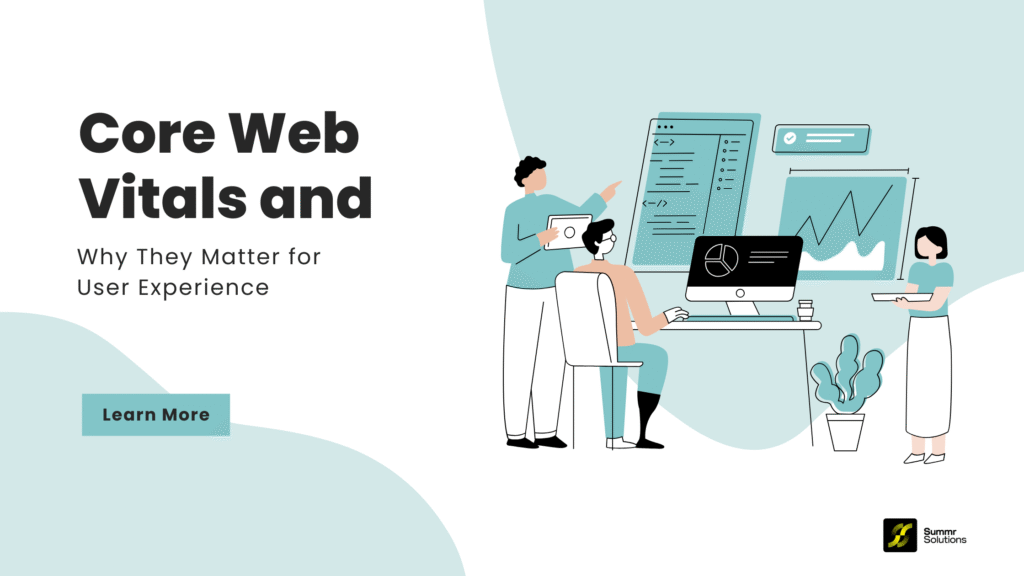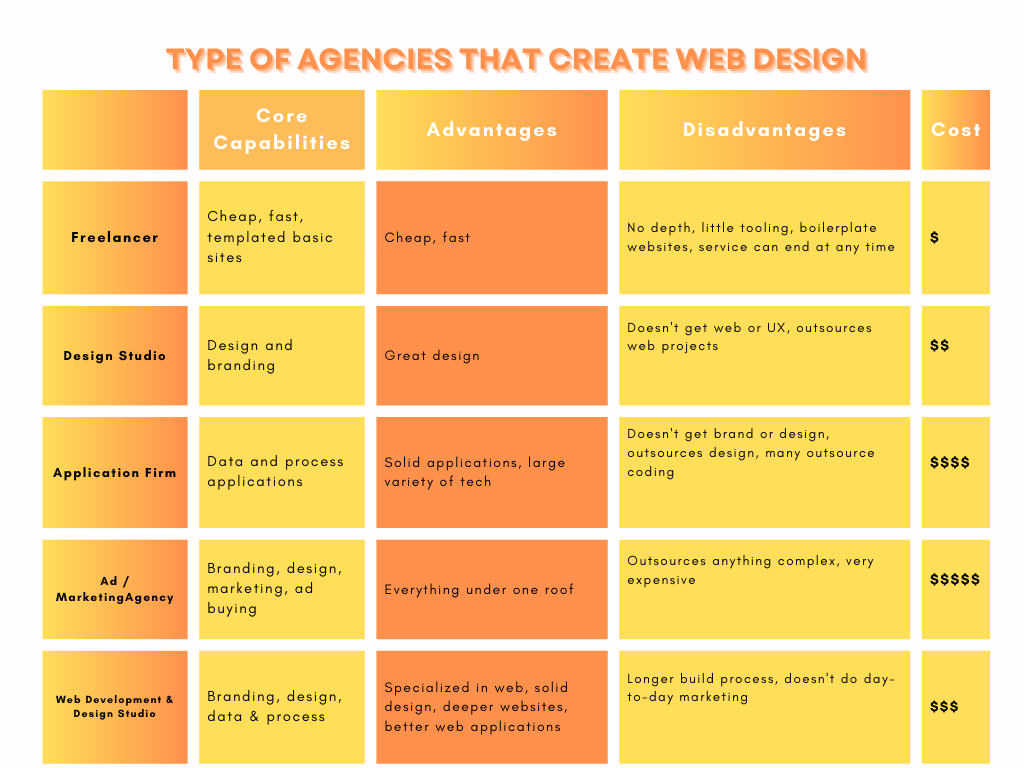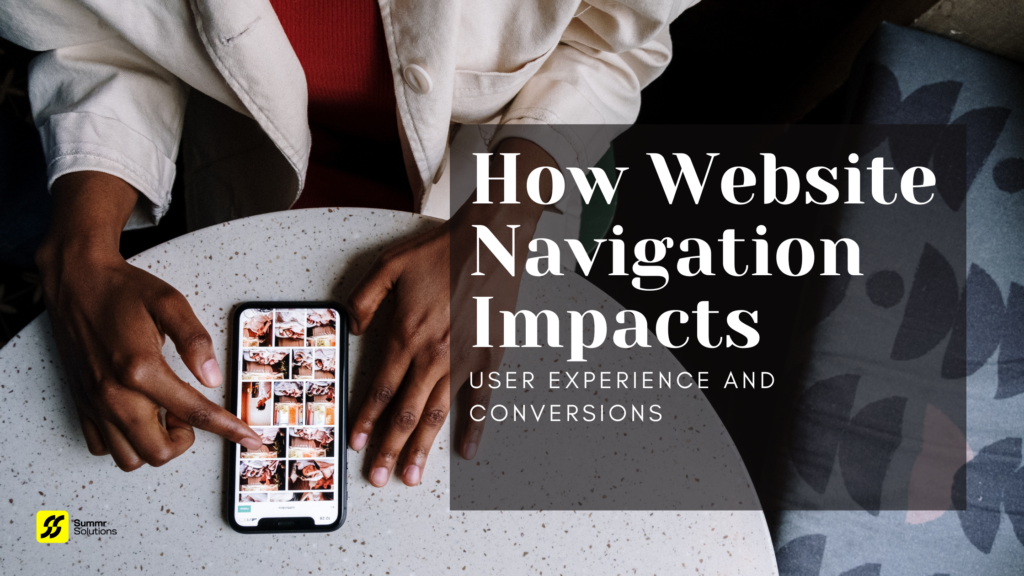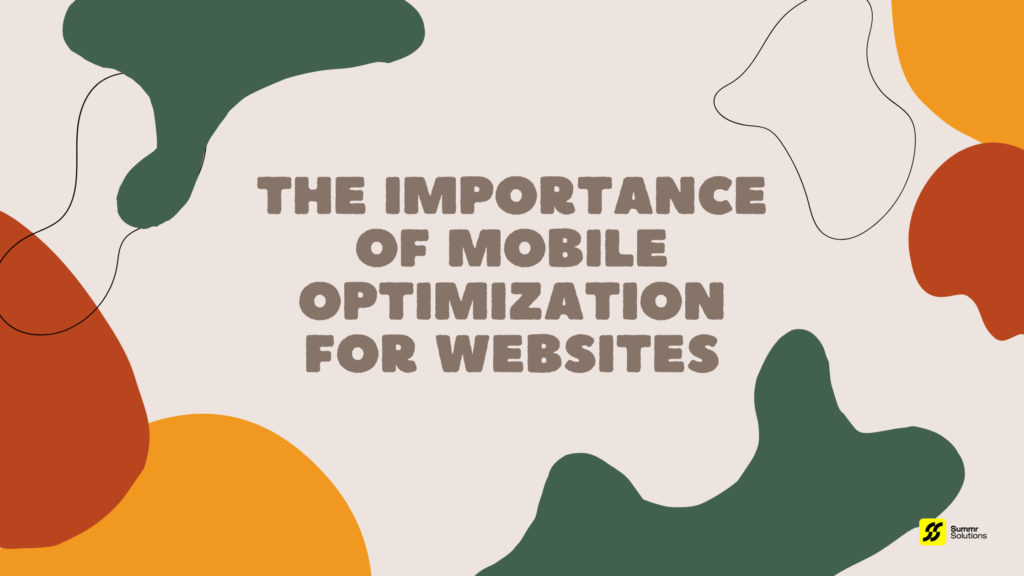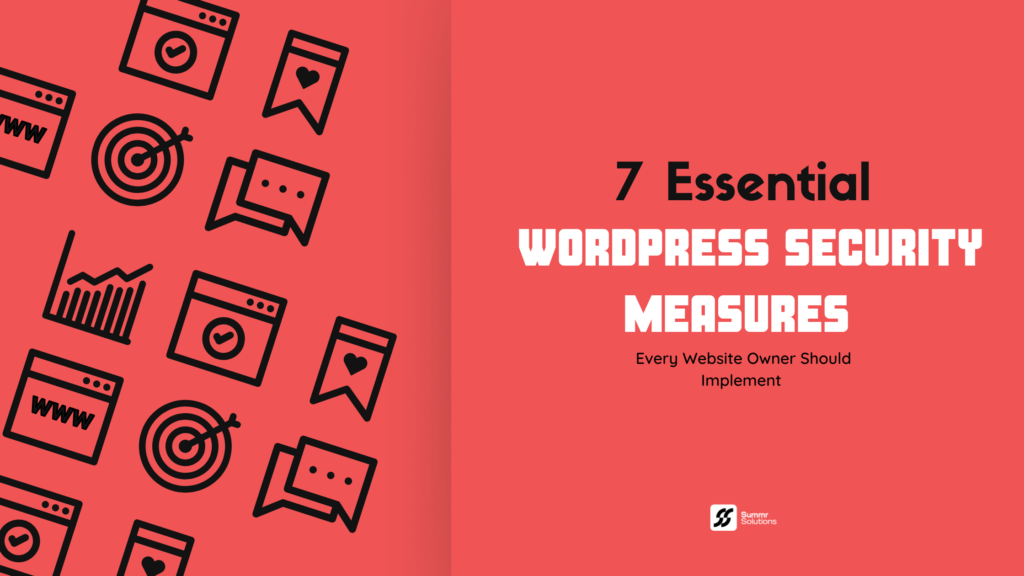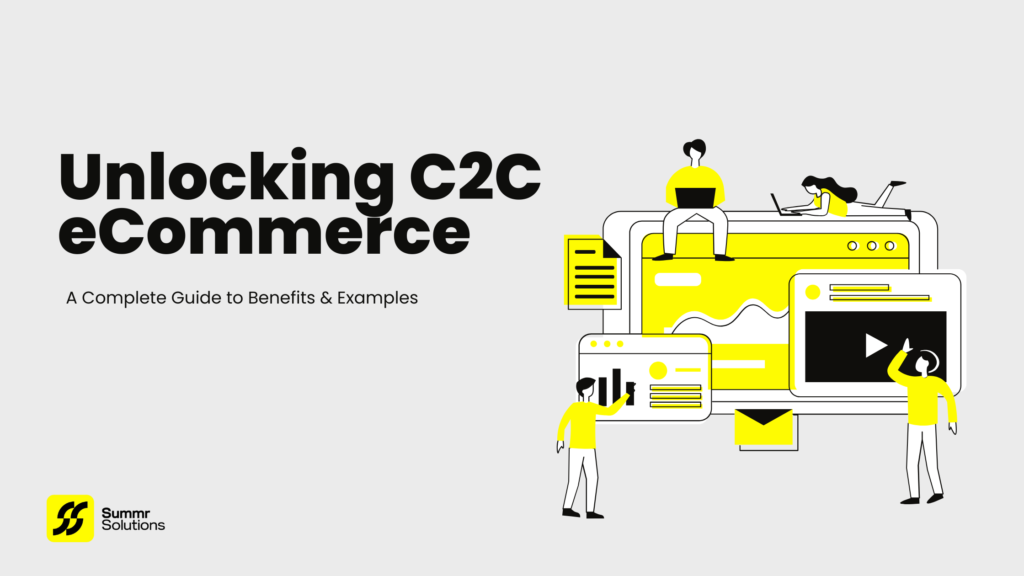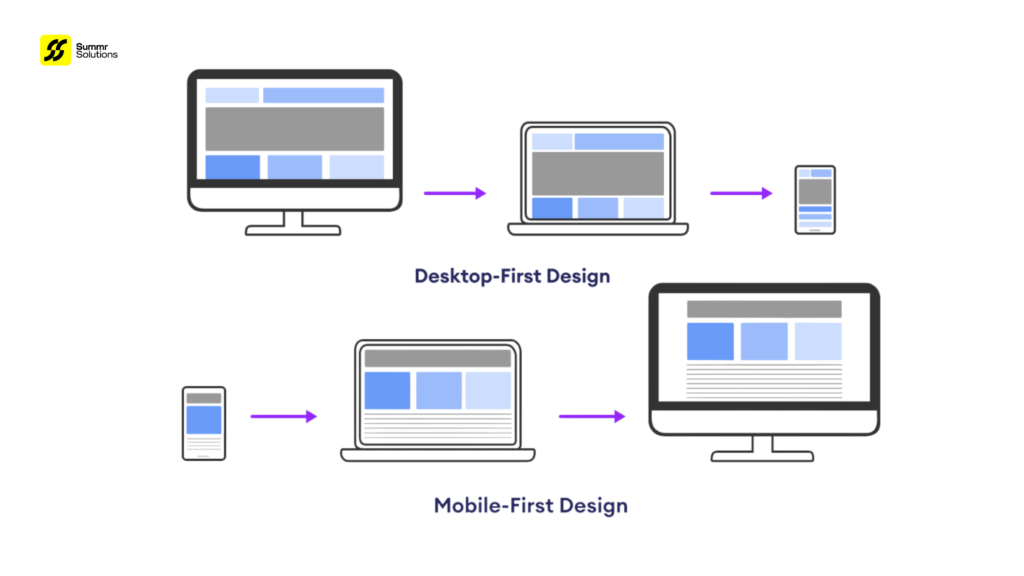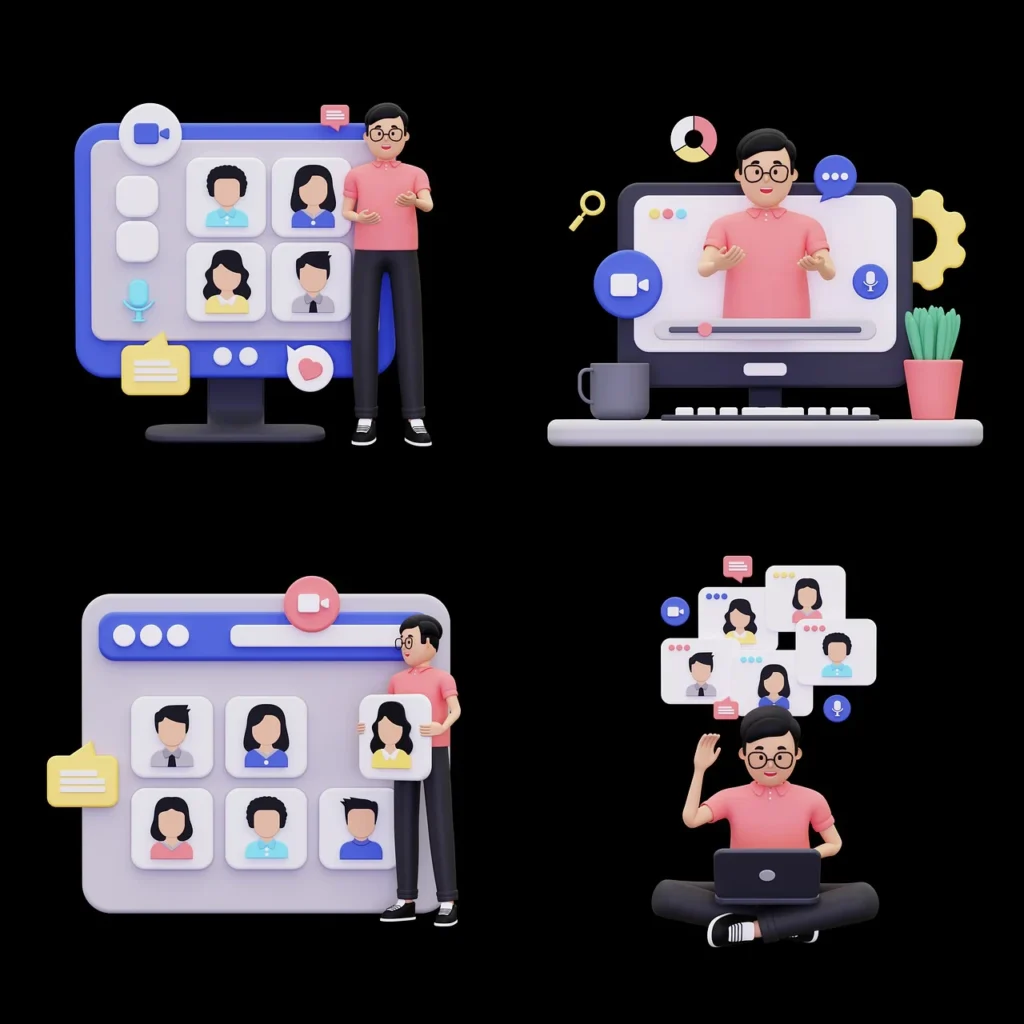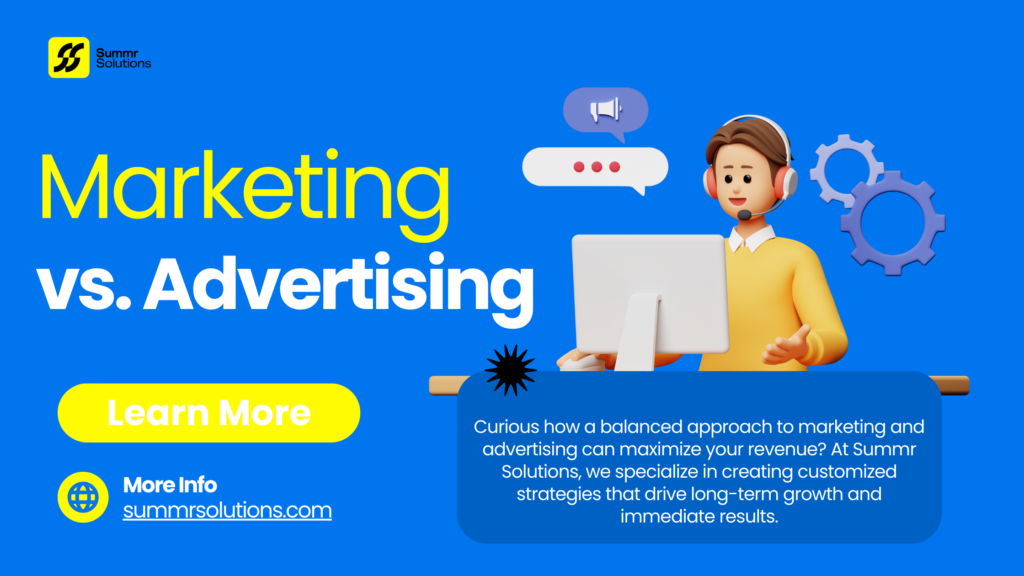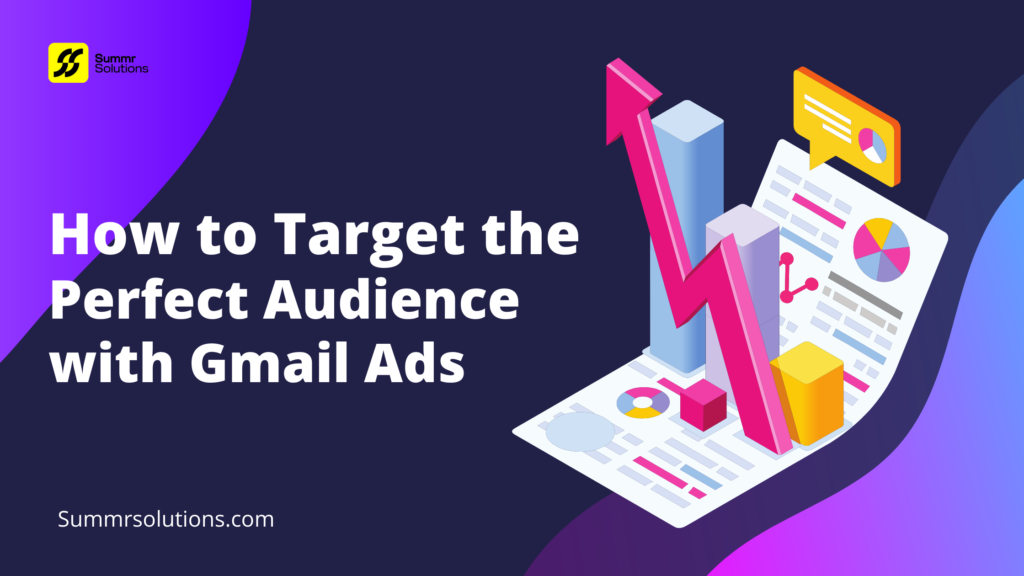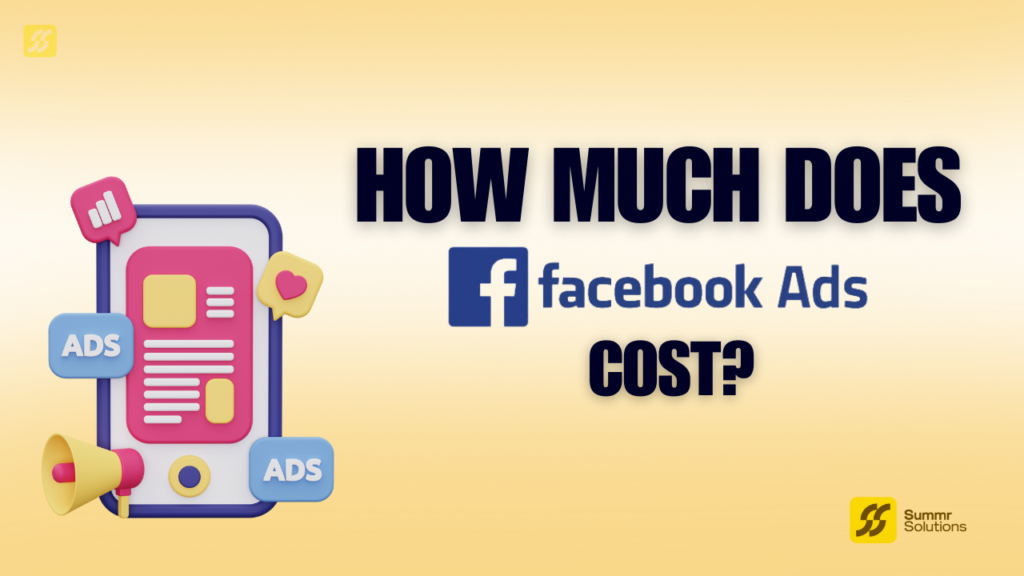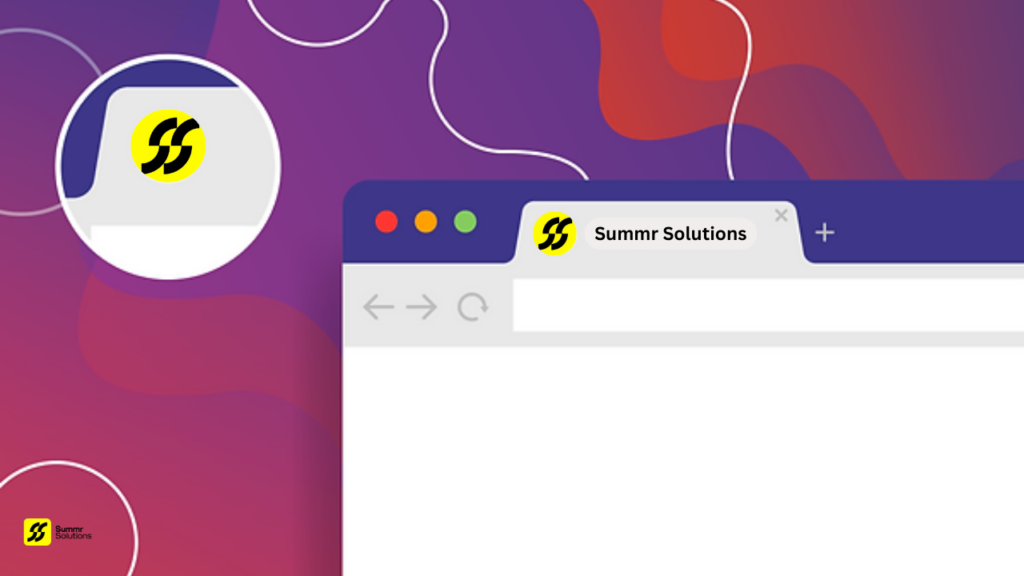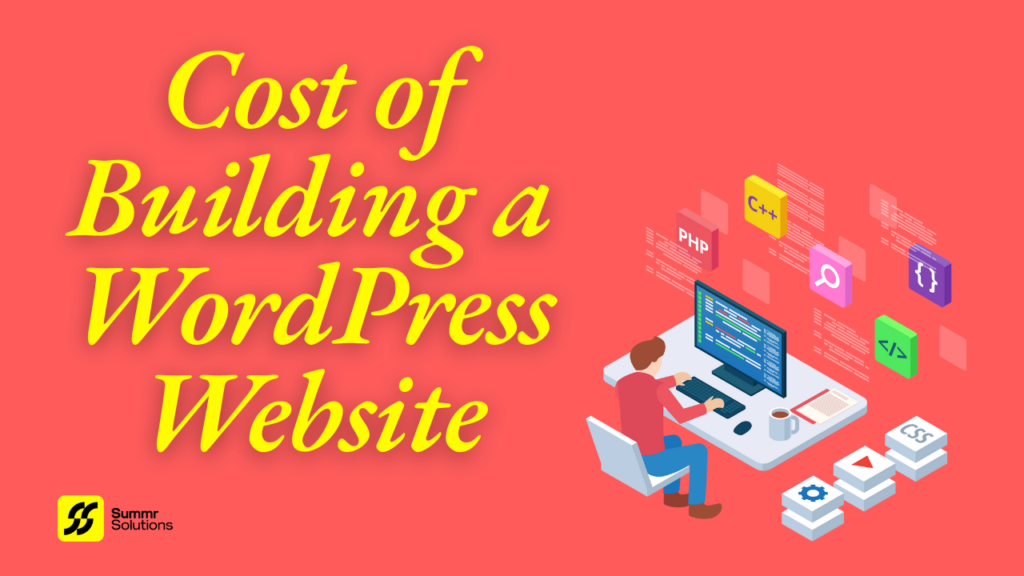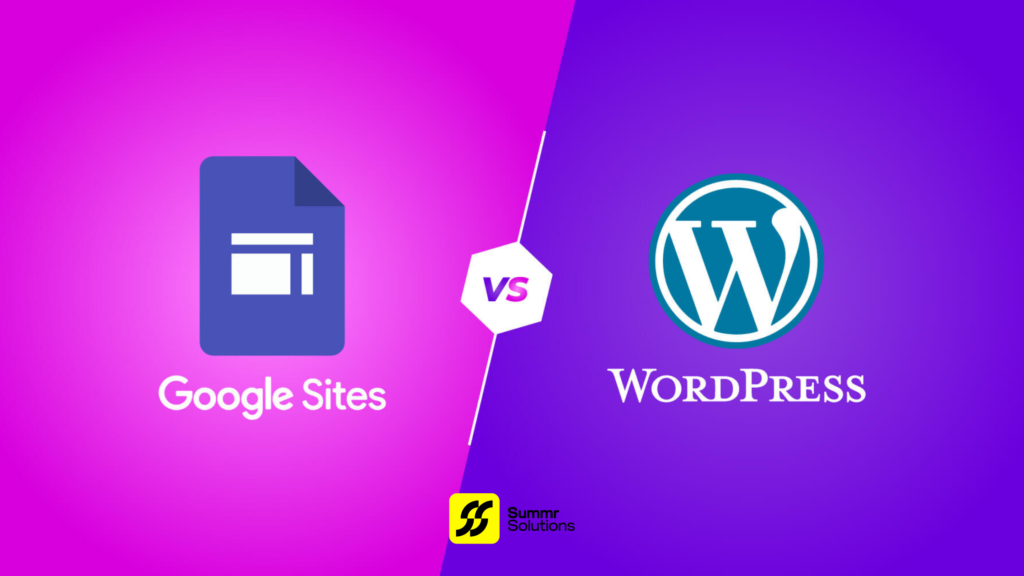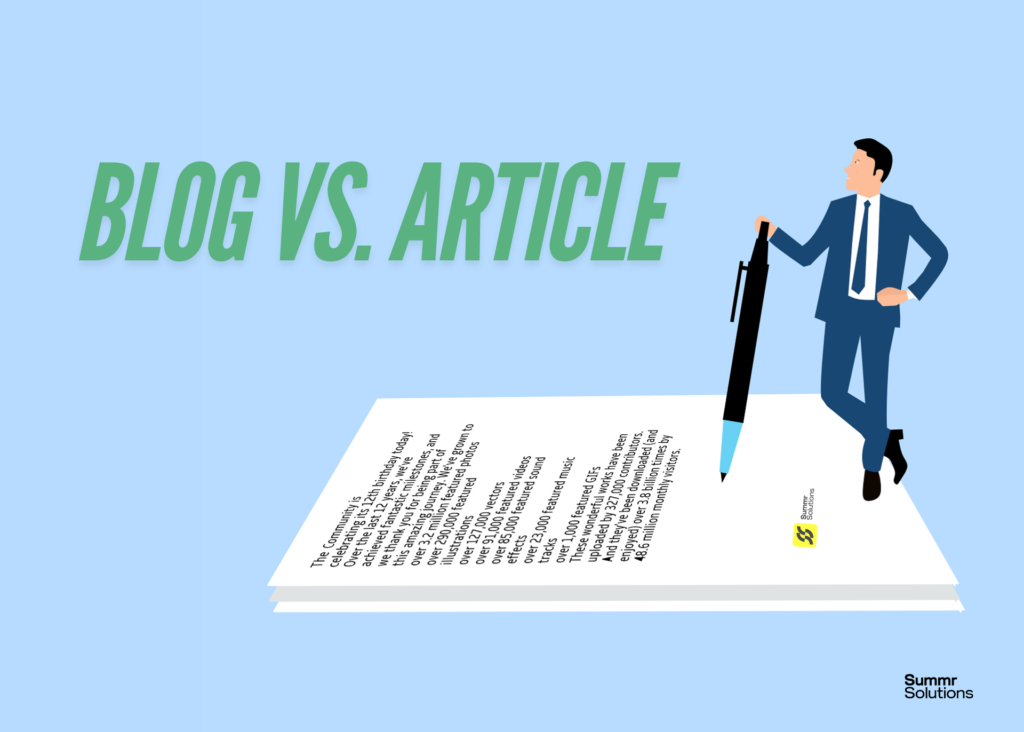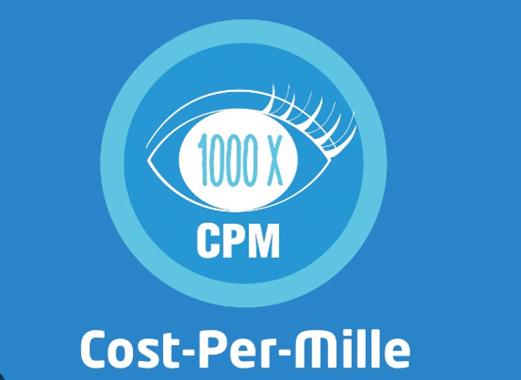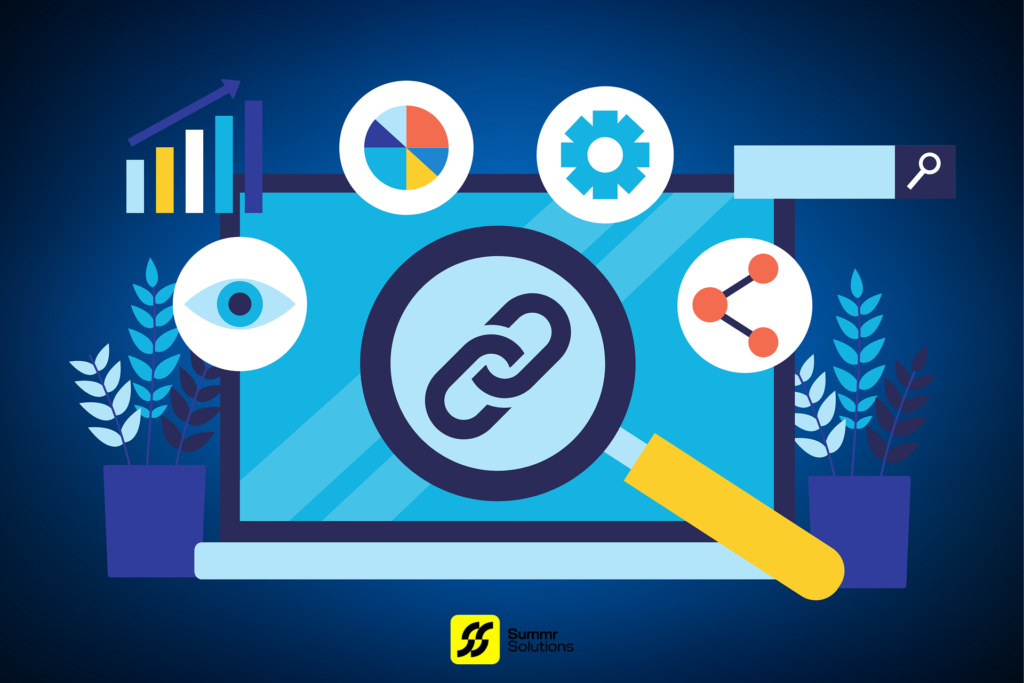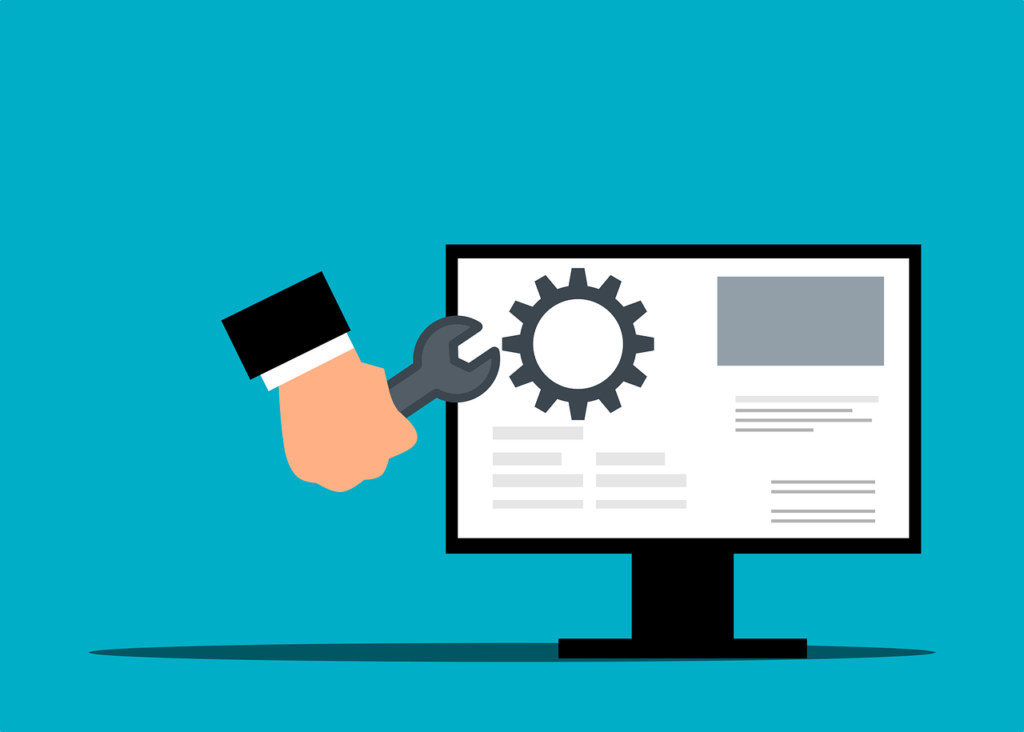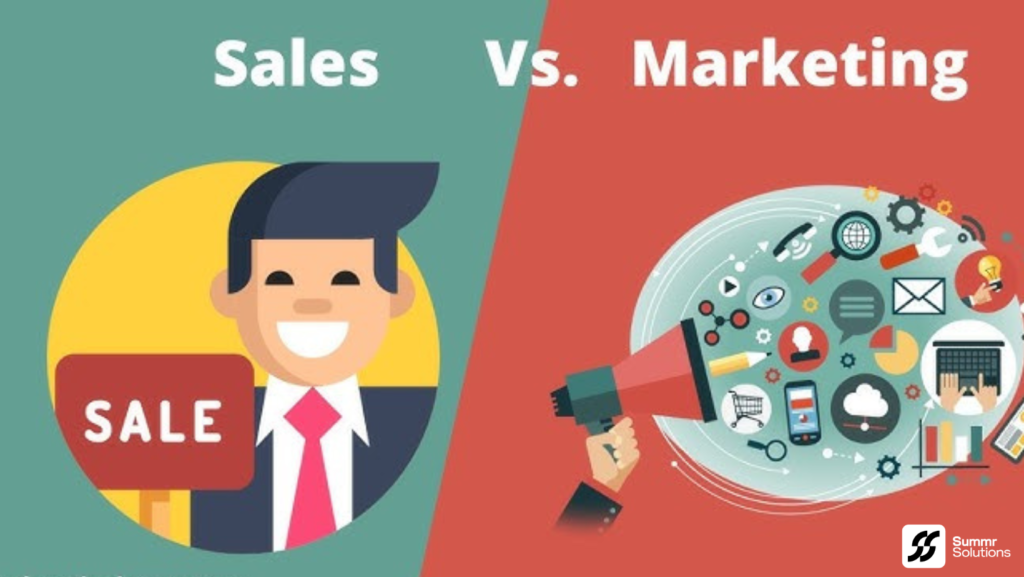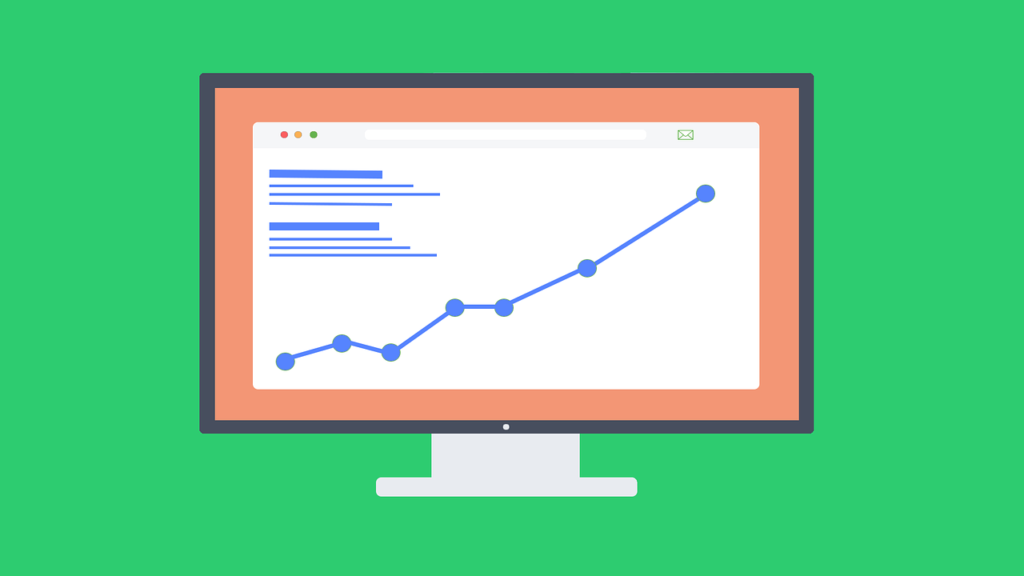In today’s digital-first world, website performance has become a key indicator of business success. Whether you’re a startup or a large enterprise, how your site behaves for users directly impacts traffic, engagement, and conversions. That’s why Google introduced Core Web Vitals—a set of metrics focused on real-world user experience.
These vitals measure how quickly your content loads, how soon users can interact with it, and how stable it feels during the loading process. If your site feels slow, clunky, or jittery, visitors won’t stick around—no matter how great your design is.
What Are Core Web Vitals?
Core Web Vitals are made up of three specific performance metrics:
- Largest Contentful Paint (LCP): Measures load speed. A good score is 2.5 seconds or faster.
- First Input Delay (FID): Measures interactivity. Target is less than 100 milliseconds.
- Cumulative Layout Shift (CLS): Measures visual stability. A good CLS is under 0.1.
Together, these signals represent how users perceive your site’s performance—not just how fast your server is or how optimized your code looks in theory.
Learn more about how we improve site performance on our SEO page.
Why Core Web Vitals Impact Rankings
Since 2021, Google has included Core Web Vitals as part of its search ranking algorithm. That means user experience isn’t just nice to have—it directly affects where you show up in search results.
When two sites offer similar content, Google will favor the one that loads faster and delivers smoother interactions. That’s why developers and marketers need to treat performance as a priority, not an afterthought.
Improved vitals also lead to lower bounce rates, higher engagement, and stronger conversion rates. Visitors don’t want to wait, get frustrated, or misclick due to shifting layouts. The faster and more stable the experience, the more time users will spend exploring.
See how we build fast, modern websites on our web development page.
Breaking Down the Metrics
Largest Contentful Paint (LCP)
LCP is all about how quickly your biggest visual element—typically an image or headline—appears. A poor LCP score means users are staring at a blank screen or waiting for the most important content to load.
Quick fixes:
- Compress large images
- Use lazy loading for off-screen elements
- Remove render-blocking scripts
- Upgrade hosting if server response is slow
First Input Delay (FID)
FID measures the delay between a user’s first action (like clicking a button) and when the browser can respond. It’s often delayed by JavaScript blocking the main thread.
Quick fixes:
- Minimize and defer non-essential JS
- Split code into smaller chunks
- Use browser caching
Cumulative Layout Shift (CLS)
Nothing irritates users more than clicking a button, only for it to shift out of place. CLS tracks how much content jumps around during page load.
Quick fixes:
- Reserve space for images, ads, and embeds
- Set fixed sizes on media elements
- Avoid injecting new content above the fold
Need a site that handles mobile layouts smoothly? Visit our Charlotte web design page.
Tools to Measure Core Web Vitals
If you want to stay ahead, you need to test your site regularly. Google and third-party tools make it easy:
- Google PageSpeed Insights: Combines lab and field data.
- Chrome Lighthouse: Developer-focused auditing.
- Search Console: Site-wide vitals and performance issues.
- Web Vitals Chrome Extension: Real-time testing for developers.
These tools not only give you scores but also suggest fixes and monitor progress over time. Aim for “Good” in all three metrics on both mobile and desktop.
Learn how our team optimizes digital campaigns with smart insights on this page.
How Core Web Vitals Affect UX Design
Design isn’t just about aesthetics anymore. If your site looks great but loads slowly or shifts unexpectedly, it’s failing the user. That’s why UI/UX designers now incorporate performance metrics into the creative process.
For example:
- Animations should be smooth but lightweight
- Navigation menus should load instantly
- Fonts should render quickly without layout shifts
Great design supports performance—and vice versa.
Working on a visual brand refresh? Take a look at our logo design work.
Real Business Benefits
Improving Core Web Vitals does more than please Google. It helps your bottom line. When visitors experience fast load times and smooth interactions, they stay longer, engage more, and convert at higher rates.
Consider these outcomes:
- Better brand trust
- Increased mobile performance
- Lower ad bounce rates
- More conversions from landing pages
Even slight improvements in milliseconds can lead to thousands of dollars in additional revenue over time.
Want to refresh your entire brand experience? Visit our branding page.
Common Performance Pitfalls
Even well-designed websites can suffer from poor Core Web Vitals due to a few hidden issues:
- Uncompressed images slow down load times
- Heavy JavaScript delays interactions
- Third-party scripts (ads, social feeds) can block the main thread
- Fonts without fallbacks cause layout shifts
To fix this, run audits regularly and make performance an ongoing part of your strategy—not a one-time fix.
Building a new platform or web tool? Learn more about our app services.
What’s Next for Core Web Vitals?
Google’s Core Web Vitals are evolving. In 2024, Interaction to Next Paint (INP) is expected to replace FID. INP provides a better measure of responsiveness across the full session, not just the first tap or click.
To stay competitive, developers must:
- Focus on long-term user engagement
- Ensure performance across multiple devices
- Test regularly with real-world data
The future of SEO is performance-focused. Prioritize users, not just algorithms.
For help staying current with Google updates, visit our SEO team’s latest insights.
Conclusion
Core Web Vitals are more than just technical metrics—they’re a reflection of how your users feel when visiting your site. If your site loads slowly, responds late, or moves unexpectedly, users will leave—and Google will notice.
By focusing on LCP, FID (or INP), and CLS, you’re investing in trust, loyalty, and revenue. These performance signals should be baked into your design, content, and development process from the start.
When done right, improving Core Web Vitals means better rankings, better experiences, and better business outcomes.
Looking to upgrade your website for speed and performance? Get started with our Florida web team.

